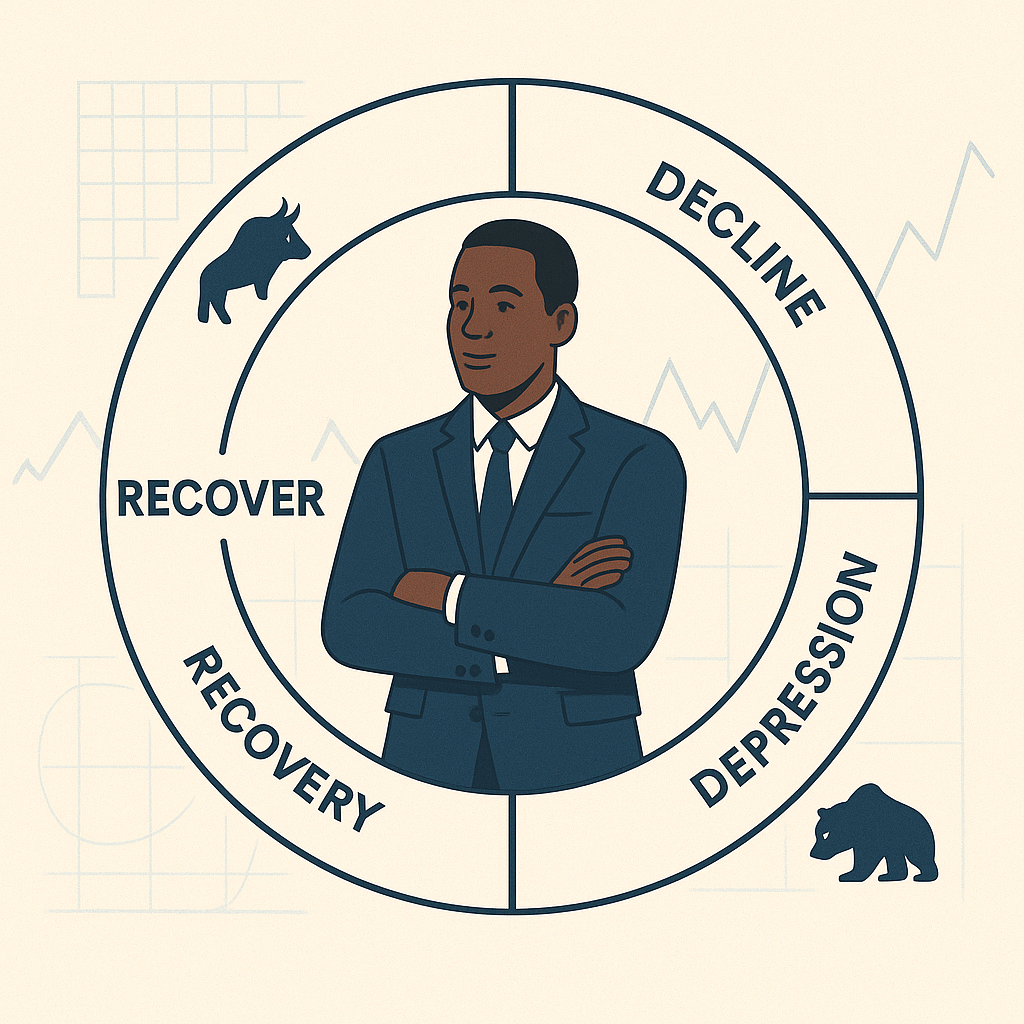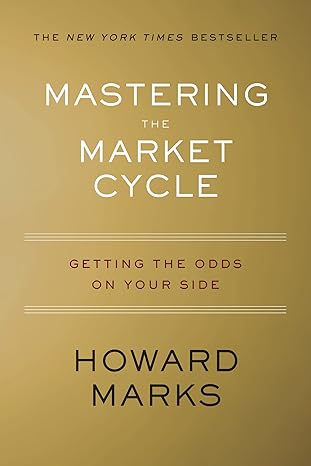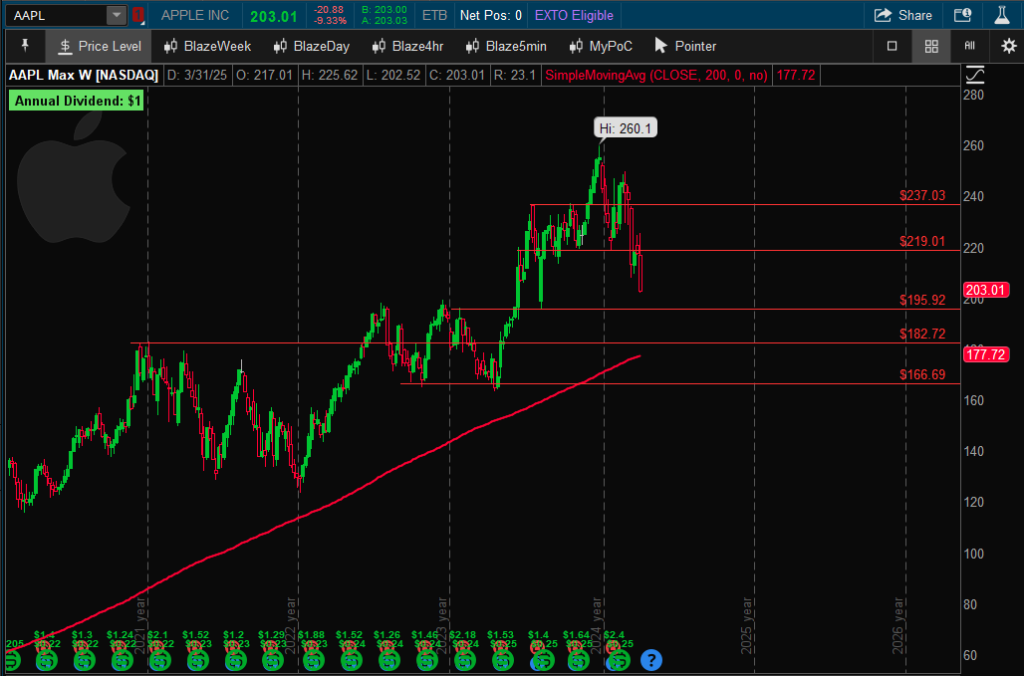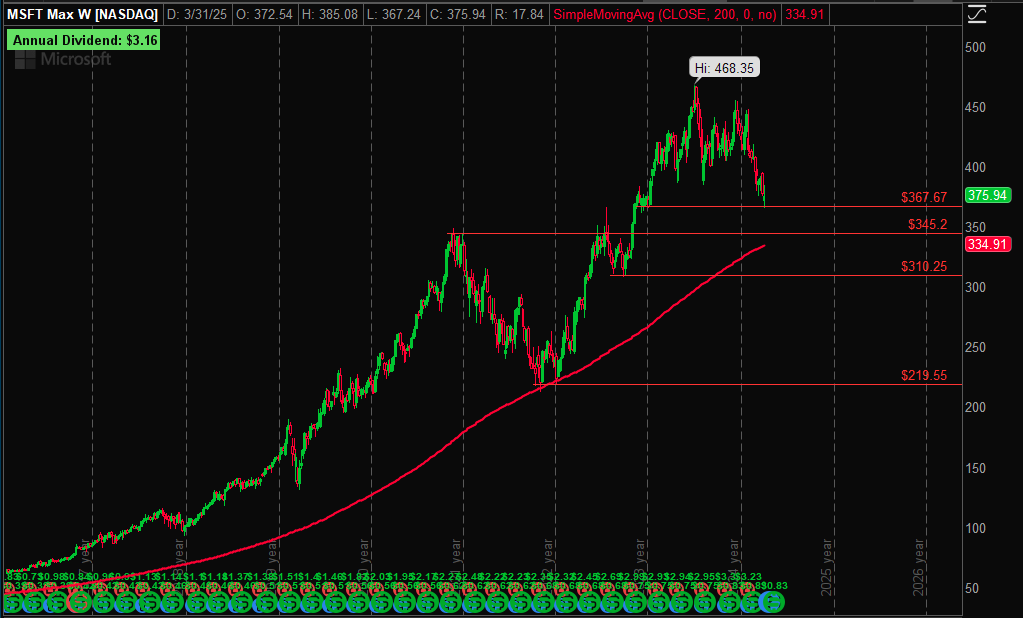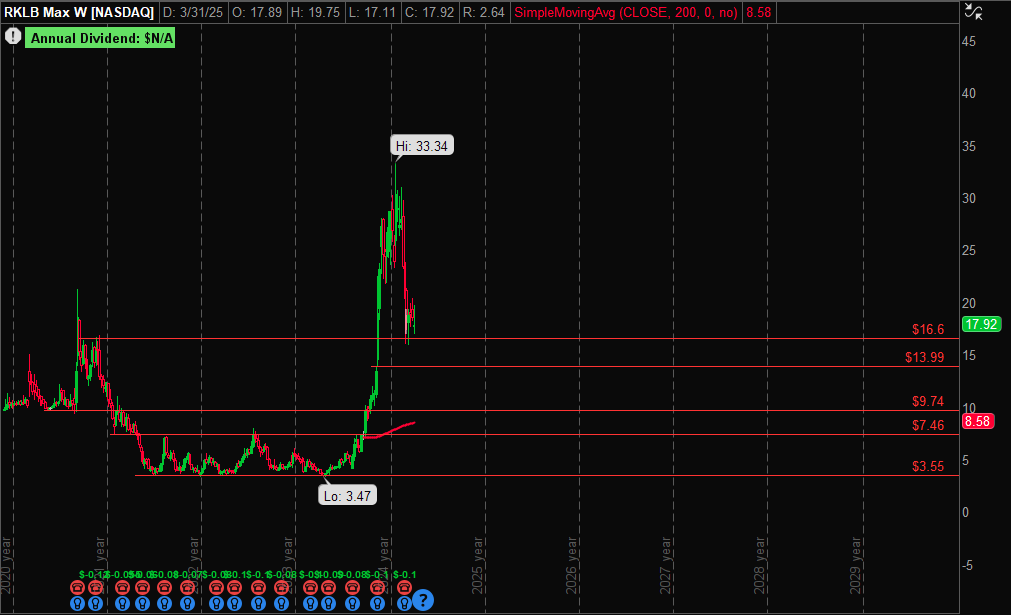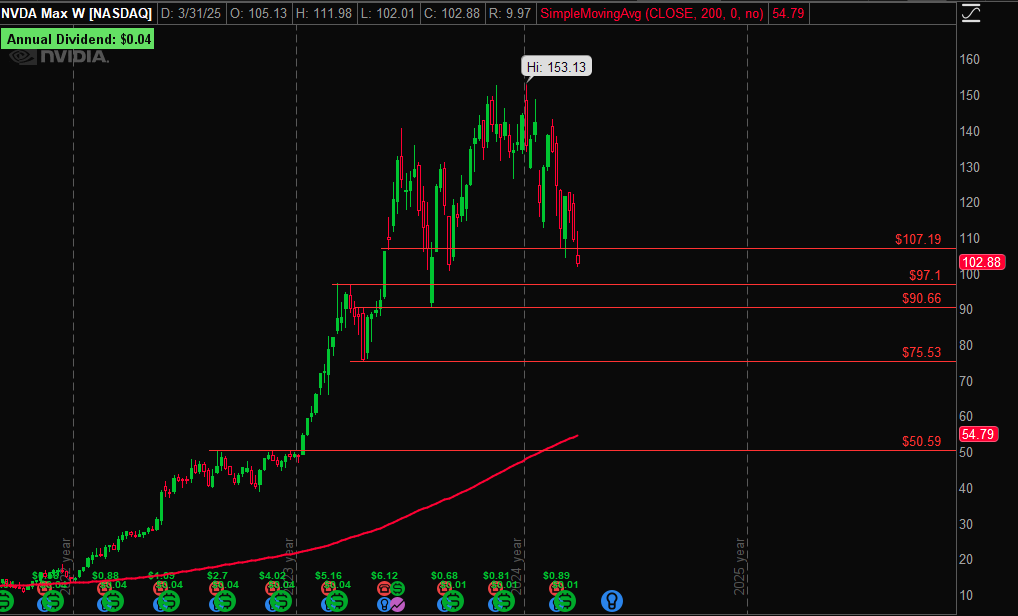
How To Invest in Real Estate Without Buying Property
Real estate has long been one of the most reliable paths to building wealth. But for many people, the idea of becoming a landlord—complete with the responsibilities of managing tenants, dealing with maintenance, and coming up with a hefty down payment—isn’t very appealing. The good news? You can still invest in real estate without ever buying physical property.
Here are several smart, accessible ways to get started:
1. Real Estate Investment Trusts (REITs)
REITs are companies that own, operate, or finance income-producing real estate. Think shopping malls, apartment complexes, office buildings, and hotels. When you invest in a REIT, you’re essentially buying shares in a real estate portfolio.
- How to Invest: Most REITs are publicly traded and can be purchased through a brokerage account, just like stocks.
- Pros: High liquidity, lower investment minimums, and dividends.
- Cons: Subject to market volatility like regular stocks.
Tip: Look for REITs that pay consistent dividends if you’re looking for passive income.
2. Real Estate Crowdfunding Platforms
Real estate crowdfunding allows individual investors to pool money together to fund large real estate deals. These platforms offer access to commercial and residential properties with lower capital requirements.
- Popular Platforms: Fundrise, RealtyMogul, CrowdStreet.
- Investment Minimum: Typically ranges from $10 to $5,000 depending on the platform.
- Pros: Diversified property portfolios, passive investing.
- Cons: Less liquidity (money is usually locked in for a few years).
Tip: Always read the fine print about exit strategies and platform fees.
3. Real Estate Mutual Funds & ETFs
These funds invest in a collection of REITs or real estate-related companies. They’re a great way to gain exposure to a broad mix of properties and geographies.
- Pros: Instant diversification and professional management.
- Cons: May include management fees, and performance is tied to broader market conditions.
Tip: Consider low-fee ETFs like Vanguard Real Estate ETF (VNQ) for broad exposure.
4. Private Real Estate Funds
These are pooled investments from accredited investors (those who meet specific income or net worth criteria) that target high-return real estate opportunities.
- Pros: Potential for high returns, managed by professionals.
- Cons: High minimum investment (often $50,000+), long lock-in periods, less transparency.
Tip: Only consider this if you’re an experienced investor with capital to spare.
5. REIT Preferred Stocks and Bonds
These are hybrid investments offering more stability than common REIT shares. They typically pay fixed dividends and are less volatile.
- Pros: Steady income and priority over common shareholders.
- Cons: Less upside potential than regular REIT stocks.
Tip: Useful for conservative investors seeking real estate exposure without the rollercoaster of the stock market.
6. Real Estate Notes
When real estate investors or developers borrow money from private lenders, you can invest in those debt instruments—known as real estate notes.
- Pros: Earn interest on your money, secured by real estate.
- Cons: Risk of borrower default, typically illiquid.
Tip: Make sure the note is backed by a solid asset and borrower history.
Final Thoughts
Investing in real estate doesn’t have to mean buying a duplex or managing a short-term rental. Thanks to technology and financial innovation, there are now more ways than ever to tap into the real estate market without the headache of owning property.
Whether you’re looking for long-term growth, passive income, or just to diversify your portfolio, there’s a real estate investment option out there for you. Start small, do your research, and invest based on your financial goals and risk tolerance.
